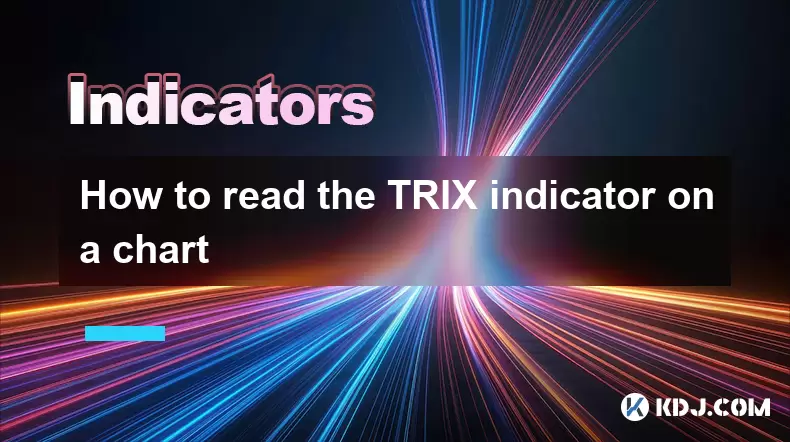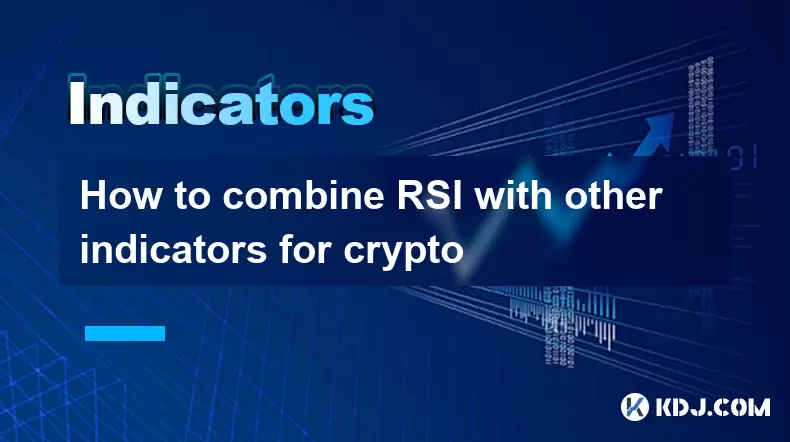-
 Bitcoin
Bitcoin $121,713.8152
3.06% -
 Ethereum
Ethereum $3,041.6437
2.42% -
 XRP
XRP $2.9499
5.12% -
 Tether USDt
Tether USDt $1.0000
-0.02% -
 BNB
BNB $704.1034
1.75% -
 Solana
Solana $166.7523
2.91% -
 USDC
USDC $0.9999
0.00% -
 Dogecoin
Dogecoin $0.2052
2.90% -
 TRON
TRON $0.3011
-0.47% -
 Cardano
Cardano $0.7461
1.42% -
 Hyperliquid
Hyperliquid $48.3650
1.12% -
 Stellar
Stellar $0.4548
3.52% -
 Sui
Sui $3.9527
14.50% -
 Chainlink
Chainlink $16.3300
5.87% -
 Bitcoin Cash
Bitcoin Cash $511.8016
1.25% -
 Hedera
Hedera $0.2395
1.40% -
 Avalanche
Avalanche $21.6526
2.06% -
 UNUS SED LEO
UNUS SED LEO $9.0073
-0.23% -
 Shiba Inu
Shiba Inu $0.0...01369
2.61% -
 Toncoin
Toncoin $3.0335
0.66% -
 Litecoin
Litecoin $96.6206
1.72% -
 Monero
Monero $355.1673
5.35% -
 Polkadot
Polkadot $4.0839
2.47% -
 Uniswap
Uniswap $9.3282
9.72% -
 Dai
Dai $0.9997
-0.01% -
 Ethena USDe
Ethena USDe $1.0004
-0.04% -
 Pepe
Pepe $0.0...01248
1.07% -
 Bitget Token
Bitget Token $4.4642
2.68% -
 Aave
Aave $325.0626
6.81% -
 Bittensor
Bittensor $418.1482
6.22%
How to read the TRIX indicator on a chart
The TRIX indicator, a triple-smoothed momentum oscillator, helps identify trend reversals and filters market noise by signaling bullish or bearish momentum through zero-line crossovers and divergences.
Jul 15, 2025 at 03:56 am

Understanding the TRIX Indicator
The TRIX indicator, short for Triple Exponential Average, is a momentum oscillator used in technical analysis to identify overbought and oversold conditions, as well as potential trend reversals. It is derived from a triple-smoothed exponential moving average of price data. Unlike simple moving averages, TRIX smooths out volatility by applying multiple layers of smoothing, which makes it particularly useful in filtering out market noise.
TRIX is typically displayed as a single line oscillating around a zero baseline.
It helps traders detect subtle changes in momentum that may not be apparent with other indicators. A positive value indicates increasing momentum, while a negative value signals decreasing momentum.
How TRIX Is Calculated
To fully understand how to read the TRIX indicator, it's important to grasp its calculation method. The formula involves several steps:
- Calculate a single exponential moving average (EMA) of closing prices over a specified period (usually 14 or 15).
- Apply a second EMA to the result obtained in step one.
- Apply a third EMA to the output of step two.
- Finally, calculate the percentage change between the current triple-smoothed EMA and the previous period’s value to get the TRIX line.
This multi-step smoothing process ensures that only significant shifts in momentum are captured. As a result, TRIX reduces false signals that often plague other momentum indicators.
Interpreting the TRIX Line
Reading the TRIX line involves observing both its position relative to the zero line and its directional movement. When the TRIX line crosses above zero, it suggests that momentum is turning bullish. Conversely, when the TRIX line crosses below zero, it indicates bearish momentum.
Another key aspect of interpreting TRIX is watching for divergences. For example, if the price is making new highs but the TRIX line fails to reach a new high, this could signal an upcoming reversal. Similarly, if the price makes new lows while TRIX forms higher lows, it may indicate weakening selling pressure and a possible bottoming out.
Using Signal Lines with TRIX
Many charting platforms allow traders to add a signal line to the TRIX indicator. This signal line is typically a moving average of the TRIX line itself, often set at 9 periods. Crossovers between the TRIX line and the signal line can generate trade signals:
- A bullish signal occurs when the TRIX line crosses above the signal line.
- A bearish signal appears when the TRIX line crosses below the signal line.
These crossovers help filter out some of the noise inherent in raw momentum readings and provide clearer entry and exit points for trades.
Identifying Overbought and Oversold Levels
Although TRIX is not traditionally known as an overbought/oversold indicator like RSI or Stochastic, experienced traders use historical extremes to gauge potential reversals. By observing past peaks and troughs in the TRIX line, traders can establish dynamic thresholds.
For instance, if TRIX consistently reaches +0.5 before reversing, traders may consider this level overbought. Similarly, if it frequently drops to -0.5 before bouncing, that level might be treated as oversold. These levels are not fixed and should be adjusted based on the asset being analyzed and prevailing market conditions.
Frequently Asked Questions
What time frame works best with the TRIX indicator?
The effectiveness of the TRIX indicator varies depending on the trader's strategy. Short-term traders may prefer using it on 1-hour or 4-hour charts, while swing traders might rely on daily or weekly charts. The default setting of 14 or 15 periods is common, but adjustments can be made based on volatility and trading style.
Can TRIX be used alongside other indicators?
Yes, TRIX works well in combination with other tools such as moving averages, volume indicators, or Bollinger Bands. Combining TRIX with support/resistance levels or candlestick patterns can enhance the accuracy of trade setups.
Is TRIX suitable for cryptocurrency trading?
Absolutely. Due to the volatile nature of cryptocurrencies, TRIX helps filter out short-term fluctuations and provides more reliable momentum readings. However, due to the high volatility, it's advisable to test settings and backtest strategies before live trading.
Does TRIX repaint or lag significantly?
TRIX does not repaint, as it is calculated purely from historical price data. However, because it applies multiple layers of smoothing, TRIX tends to lag behind price action, especially during sharp moves. Traders should account for this delay when timing entries.
Disclaimer:info@kdj.com
The information provided is not trading advice. kdj.com does not assume any responsibility for any investments made based on the information provided in this article. Cryptocurrencies are highly volatile and it is highly recommended that you invest with caution after thorough research!
If you believe that the content used on this website infringes your copyright, please contact us immediately (info@kdj.com) and we will delete it promptly.
- BDAG X1 App Skyrockets, SHIB Rebounds, and XMR Holds Strong: What's Happening?
- 2025-07-15 07:10:12
- Ruvi AI: The Audited Token Set to Outshine Ethereum with Massive Gains?
- 2025-07-15 06:50:12
- DeFi Token with 10X Potential: Mutuum Finance and the Year-End Opportunity
- 2025-07-15 06:50:12
- Bitcoin's Wild Ride: $120K Surge, Crypto Bill Buzz, and What It All Means
- 2025-07-15 07:10:12
- XRP's Cup and Handle: Millionaire Target in Sight?
- 2025-07-15 07:50:12
- Ethereum, 2025 Prediction & Ozak AI: Are New?
- 2025-07-15 06:30:12
Related knowledge

Advanced RSI strategies for crypto
Jul 13,2025 at 11:01am
Understanding the Basics of RSI in Cryptocurrency TradingThe Relative Strength Index (RSI) is a momentum oscillator used to measure the speed and chan...

Crypto RSI for day trading
Jul 12,2025 at 11:14am
Understanding RSI in the Context of Cryptocurrency TradingThe Relative Strength Index (RSI) is a momentum oscillator used to measure the speed and cha...

Crypto RSI for scalping
Jul 12,2025 at 11:00pm
Understanding RSI in the Context of Crypto TradingThe Relative Strength Index (RSI) is a momentum oscillator widely used by traders to measure the spe...

What does an RSI of 70 mean in crypto
Jul 13,2025 at 06:07pm
Understanding the RSI Indicator in Cryptocurrency TradingThe Relative Strength Index (RSI) is a widely used technical analysis tool that helps traders...

How to avoid RSI false signals in crypto
Jul 13,2025 at 06:21pm
Understanding RSI and Its Role in Crypto TradingThe Relative Strength Index (RSI) is a momentum oscillator used to measure the speed and change of pri...

How to combine RSI with other indicators for crypto
Jul 12,2025 at 08:35am
Understanding the Role of RSI in Crypto TradingThe Relative Strength Index (RSI) is a momentum oscillator that measures the speed and change of price ...

Advanced RSI strategies for crypto
Jul 13,2025 at 11:01am
Understanding the Basics of RSI in Cryptocurrency TradingThe Relative Strength Index (RSI) is a momentum oscillator used to measure the speed and chan...

Crypto RSI for day trading
Jul 12,2025 at 11:14am
Understanding RSI in the Context of Cryptocurrency TradingThe Relative Strength Index (RSI) is a momentum oscillator used to measure the speed and cha...

Crypto RSI for scalping
Jul 12,2025 at 11:00pm
Understanding RSI in the Context of Crypto TradingThe Relative Strength Index (RSI) is a momentum oscillator widely used by traders to measure the spe...

What does an RSI of 70 mean in crypto
Jul 13,2025 at 06:07pm
Understanding the RSI Indicator in Cryptocurrency TradingThe Relative Strength Index (RSI) is a widely used technical analysis tool that helps traders...

How to avoid RSI false signals in crypto
Jul 13,2025 at 06:21pm
Understanding RSI and Its Role in Crypto TradingThe Relative Strength Index (RSI) is a momentum oscillator used to measure the speed and change of pri...

How to combine RSI with other indicators for crypto
Jul 12,2025 at 08:35am
Understanding the Role of RSI in Crypto TradingThe Relative Strength Index (RSI) is a momentum oscillator that measures the speed and change of price ...
See all articles

























































































